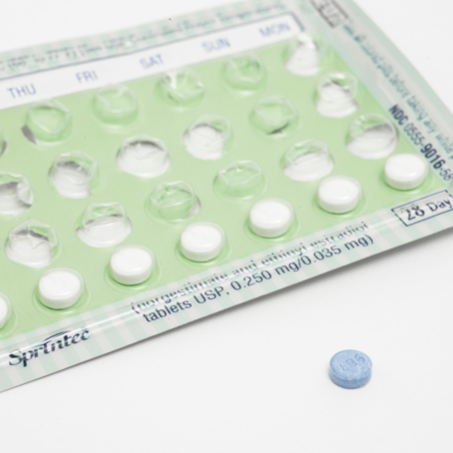Article written by: Kim Heintz, FDN-P, hTMAP,
Vykon Coach. Follow Kim on social media
@kim.heintz.
Learn more about her at Kim Heintz.
One of the things I uncovered on my road to recovery from birth control was that I had copper toxicity.
For years, I had many of the symptoms of it, but I had no idea what it even was.
That’s not all that surprising because it’s a health epidemic that is still widely unknown or misunderstood by so many, including doctors.
However, once I learned about it, EVERYTHING changed. I was able to completely get rid of all the issues I was dealing with. Anxiety. Depression. Fatigue. Acne. Insomnia. Mood swings.
All gone.
And everything started to make sense.
Copper toxicity is a very real problem in this world, especially for women.
We are especially at high risk from it because of birth control. The pill is the primary source of copper toxicity in women under 50.
With 98% of us taking birth control at some point in our lives, that puts most of us at risk.
Why is this if we aren’t having an active exposure to copper?
Copper and estrogen have a direct relationship. As we take the pill, we pump our bodies full of synthetic hormones, and it typically puts our bodies into a situation where estrogen and progesterone are way out of balance.
One of progesterone’s jobs is to balance estrogen out. And the synthetic progestin that we take in our birth control doesn’t have the same ability to balance out the estrogen.
Thus, estrogen dominates…and estrogen enhances the retention of copper. So as our hormones get more out of balance, the retention of copper gets higher and higher.
So what are the symptoms of copper toxicity? Check out the list below:
Even if you’ve been off the pill for years, you could be at risk for copper toxicity. Because it accumulates in the tissues, it can stay in the body for a long time.
If you experience even a few of these symptoms, then it’s worth getting tested to see if you have it.
You could go to your doctor to test, but they may not know that a blood test is NOT accurate in detecting copper toxicity.
This is because blood is only a snapshot of the moment in time that the sample is taken and isn’t testing the deposit of copper into our tissues. While blood tests do have their place in this world, when it comes to testing for copper toxicity and other mineral deficiencies, they fall short.
Copper builds up in the body and deposits itself into the tissues. As the copper does this, it leads to those symptoms above. A blood test cannot accurately determine this buildup.
You’d have to ask them to order an HTMA (hair and tissue mineral analysis), and many doctors don’t run those. And if they can run them, they don’t necessarily know how to interpret them.
Doctors are typically looking for disease, rather than imbalances. Which they are amazing at and I am so grateful for the work that they do. However, if our test results with them come back “normal” then they aren’t really trained to deal with the symptoms we deal with.
And that can leave us frustrated and lost.
The HTMA looks at the buildup of copper (and over 30 other minerals and metals) in the tissues. It can finally give you answers as to why you have been feeling the way you do. There IS SO MUCH correlation between what results show up on the HTMA and how my clients feel.
More importantly, it gives us a clear roadmap of how to heal ourselves.
No more guessing. No more throwing stuff at the wall and seeing what sticks.
Just a simple and clear plan of what to do and how to start feeling better.
We’re all about the HTMA here – and we can help you figure out what’s leading to your symptoms and give you a clear and concise plan to address those things now.
Message us or click the button below to purchase now!



